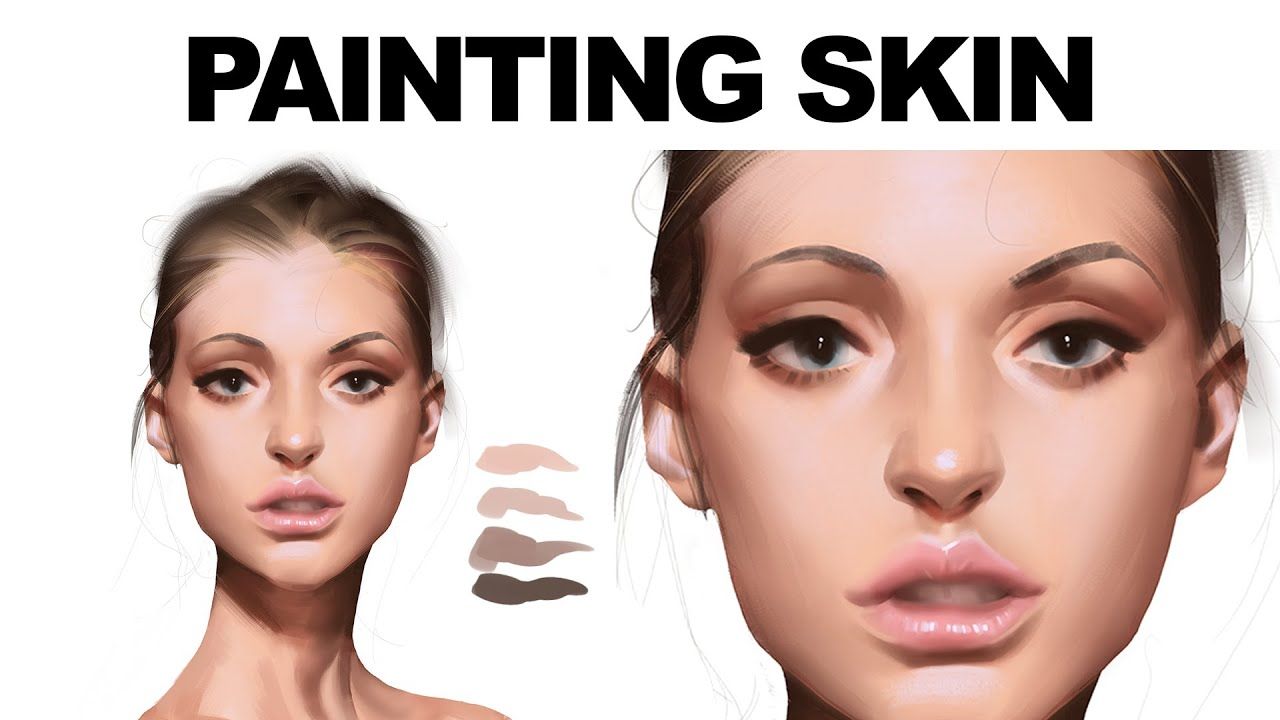Digital painting is a popular form of art that allows artists to create stunning visuals using digital tools and software. Unlike traditional painting, digital painting offers endless possibilities and creative freedom. Whether you’re a beginner or an experienced artist looking to take your skills to the next level, mastering digital painting techniques is essential.
Choosing the Right Tools
One of the first steps in mastering digital painting is choosing the right tools. From software programs like Adobe Photoshop and Corel Painter to graphic tablets and styluses, there are a variety of tools available to help you create your masterpiece. Experiment with different tools to find what works best for your style and workflow.
Understanding Brushes and Textures
Brushes and textures play a crucial role in digital painting. Experiment with different brush settings, sizes, and textures to create unique and realistic effects in your artwork. Practice using different brush strokes and techniques to add depth and dimension to your paintings.
Color Theory and Composition
Understanding color theory and composition is essential for creating visually appealing digital paintings. Experiment with different color palettes, shading techniques, and composition styles to bring your artwork to life. Learn how to use color theory to evoke emotion and create a cohesive composition.
Layering and Blending Techniques
Mastering layering and blending techniques is key to creating professional-looking digital paintings. Experiment with different layer styles, opacity settings, and blending modes to add depth and dimension to your artwork. Learn how to blend colors seamlessly and create smooth transitions between different elements in your painting.
Adding Detail and Texture
Adding detail and texture can take your digital paintings to the next level. Experiment with different techniques like adding textures, details, and highlights to add realism and depth to your artwork. Practice adding fine details to enhance your paintings and make them stand out.
Creating Realistic Effects
Creating realistic effects in your digital paintings can elevate your artwork and make it more immersive. Experiment with techniques like lighting effects, shadows, and reflections to create a realistic scene. Learn how to use tools like gradients, filters, and adjustment layers to enhance the realism of your paintings.
Advanced Techniques and Tutorials
For those looking to take their digital painting skills to the next level, there are advanced techniques and tutorials available. From creating digital portraits to mastering perspective and light, there are endless opportunities to improve your skills. Explore online tutorials, courses, and resources to continue learning and growing as a digital artist.
Conclusion
Mastering digital painting techniques is a rewarding journey that offers endless possibilities for creativity and expression. Whether you’re a beginner or an experienced artist, there are always new techniques to learn and master. By experimenting with different tools, brushes, textures, and techniques, you can create stunning digital paintings that showcase your unique style and vision.
